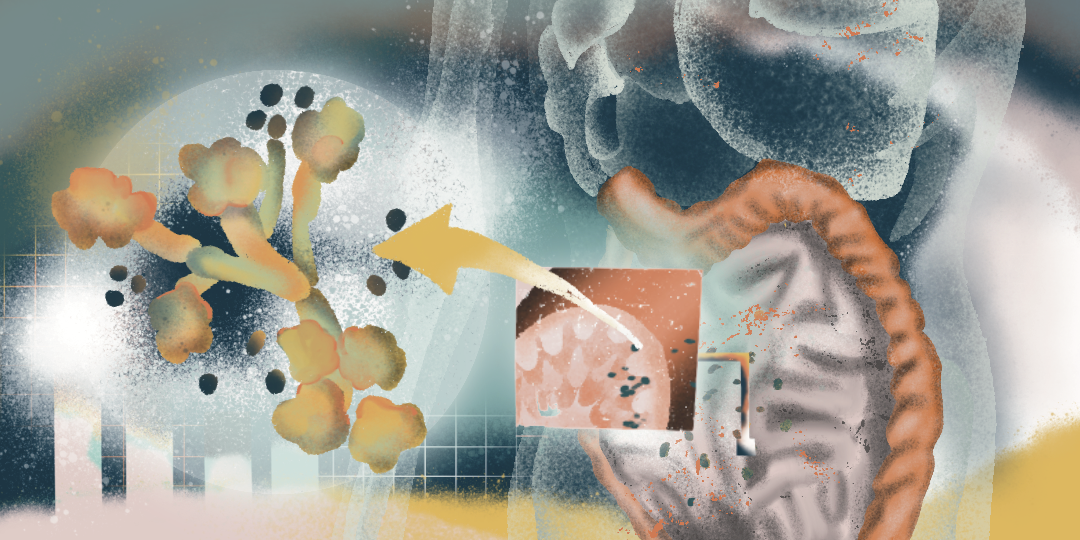- Home >
- Learning centre >
- Science blog >
- The Mysterious Behavior of Candida albicans in Peritoneal Fluid
The Mysterious Behavior of Candida albicans in Peritoneal Fluid
18th October 2018

Studying clinical microbes in a clinical setting can be difficult, but microcalorimetry makes it possible
The yeast C. albicans, has been the subject of extensive research due to its role in causing intra-abdominal candidiasis (IAC). IAC is not just any infection; it’s a type that occurs deep within our abdomen and has a disturbingly high mortality rate. But what makes this particular infection so challenging and deadly? The answer lies in the unique behavior of C. albicans. C. albicans nature and adaptability makes it a complex to study organisms. The difference in hyphae forming rate has given an insight into why same strain infections can have different outcomes on patients. To uncover the full truth, scientists used the calScreener™ combined with molecular approaches to clarify their main question.
The Problem: The Deadly Nature of IAC
Intra-abdominal candidiasis is a silent threat that many might not have heard of, but its impact is profound. The infection starts in the abdomen, often as a result of surgeries, perforations, or other medical procedures. Once C. albicans finds its way into this space, it begins to colonize, leading to IAC. The symptoms can range from abdominal pain and discomfort to more severe manifestations, making it crucial to diagnose and treat promptly.
However, the high mortality rate of IAC has puzzled medical professionals for years. Traditional antifungal treatments sometimes fall short, and patients’ recovery can be unpredictable. The question then arises: Why is IAC so resistant to treatment, and what makes C. albicans so adaptable?
The Discovery: Candida’s Chameleon Behavior
Recent research has shed light on the perplexing behavior of C. albicans. Scientists have discovered that this fungus doesn’t have a one-size-fits-all approach. Instead, it changes its behavior based on its environment. In simpler terms, C. albicans can “sense” where it is and adapt accordingly.
For instance, in the gut, where it often resides harmlessly, it might grow in a particular way. But once it enters the abdominal cavity, it can switch its growth pattern, making it more invasive and harder to treat. This finding is particularly important as prevailing knowledge suggested that C. albicans was just a harmless commensal.
A research team from Nancy in France used three different approaches to understand the diversity of C. albicans in peritoneal fluid. Using phenotypic, molecular and metabolic approaches, they discovered that C. albicans produced hyphae at different rates, up regulated virulence factors and changed the metabolic activity depending on the specific sample of peritoneal fluid they were grown in.
The calScreener™ was used to perform the metabolic measurements in this study and the results showed that the metabolism of C. albicans was dependent on the PF sample with a 3-fold difference between the lowest metabolic activity and the highest. This means that patients will likely have different symptoms when infected with the same C. albicans strain.
The Solution: Personalized Treatment Approaches
Understanding the chameleon-like behavior of C. albicans is half the battle. The next step is leveraging this knowledge to develop more effective treatments. If the fungus changes its behavior based on its location, then treatments might need to be more personalized, targeting the specific growth patterns of the fungus in different environments.
Researchers are now looking into tailored antifungal treatments that can counteract the specific behaviors of C. albicans in the abdomen. This could mean higher doses, different combinations of drugs, or even entirely new medications that target the fungus’s adaptive mechanisms.
Moreover, early detection and diagnosis can play a pivotal role. If medical professionals can identify the onset of IAC quickly and understand the growth pattern of the fungus in that particular patient, they can administer the most effective treatment right from the start.
Conclusion: A Hopeful Future
The discovery of C. albicans’ adaptive behavior has opened new doors in the fight against IAC. While challenges remain, the medical community is now better equipped with knowledge and is on the path to developing more effective, personalized treatments. The goal is clear: reduce the mortality rate of IAC and ensure that patients have the best chance at a full recovery. With continued research and innovation, there’s hope that C. albicans, with all its adaptability, can be outsmarted and defeated.

STAY UP-TO-DATE
Subscribe to our newsletter and stay up to date with the latest news and updates